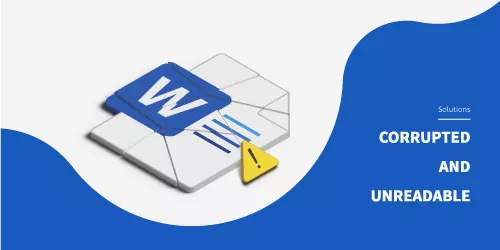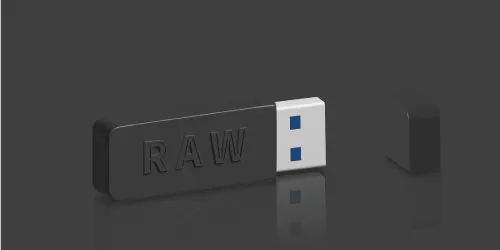Duplicate Files: Batch Find and Delete at Once

Duplicate files, like photos, music, videos, documents, are abundant on computer which take up a lot of disk space and even slow down your system if you don't clean them timely. They often occur when you copy a file from one place to another place or you download them twice or more.
So how can you find and delete duplicate files in batch? I believe that you have ever tried the method manually delete copies one by one through Window View. Well, that is really a labor work that you need to pay much time and patience to remove them.
Focus on this article, I'll show you two ways about how to batch find and delete duplicate files at once, including one free method.
Method 1: Use CMD Prompt to batch find and delete duplicates
To find and remove the same file, you need to know the name of them, or you will risk deleting other important files. If you do delete by accident, this article may help you: Cannot Recover Deleted Files from SSD Drive? Causes & Solutions.
Now, follow my step.
Step 1: Press win+R simultaneously to bring up the Run panel, and type cmd in it.
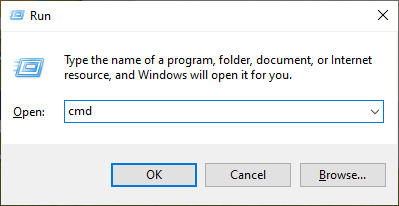
Step 2: Find duplicate files. In the CMD window, type "dir drive:\*file's name*.extension /s/b". For instance, I'd like to find duplicate photos that contain string "sushi" in the D Drive, with ".png" extension:

Note:
1: The ".extension" means the type of files, including .txt, .png, .jpg, .doc and so on.
2: Two or more drives are allowed to scan at the same time, for example:

Step 3: Delete duplicate files. Wait for a while and you can see results listed on the panel, with exact location.

Similar to step 2, type "del drive:\*file name*.extension /s/p", and hit Enter.

Note:
1: "/p" means prompt for confirmation before deleting each file (if unnecessary, you can remove it), type "Y/y" or "N/n" and then hit Enter.

2: Multiple disks can be added to delete duplicates.

There is no doubt that this is a bit of complicated. Furthermore, it is a major shortcoming that the CMD is invalid to detect the file with different names but the same content. For advanced detection, you can utilize a detection tool.
Method 2: Use professional third-party tool
As a professional tool, DupFiles Genius can perfectly address this problem. It is designed to use easily, efficiently and reliably. With its easy-to-use interface, you can quickly find and delete all duplicate files in batch on your computer with just a few clicks.
Here are highlights of DupFlies Genius:

Now, let's start learning how to use it.
Step 1: Download and install DupFiles Genius in your computer, then launch it.

Step 2: Choose one or more folder/drive to scan. Not only can you click Add button on the bottom right page but also you can click Delete button to remove a specific drive if necessary. Then click Next to continue.
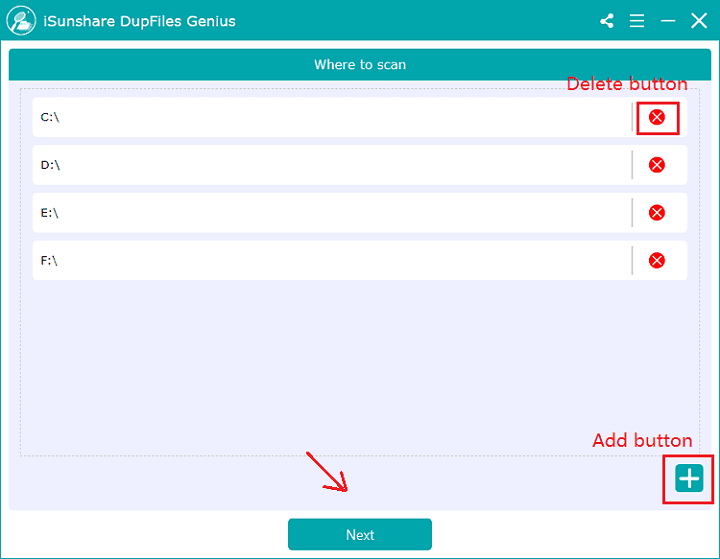
Step 3: Customize your scan settings. In the Type bar, choose at least one type of files you want to detect, and as for the Settings bar, it depends on your scan requirements. After that, click Start scanning.
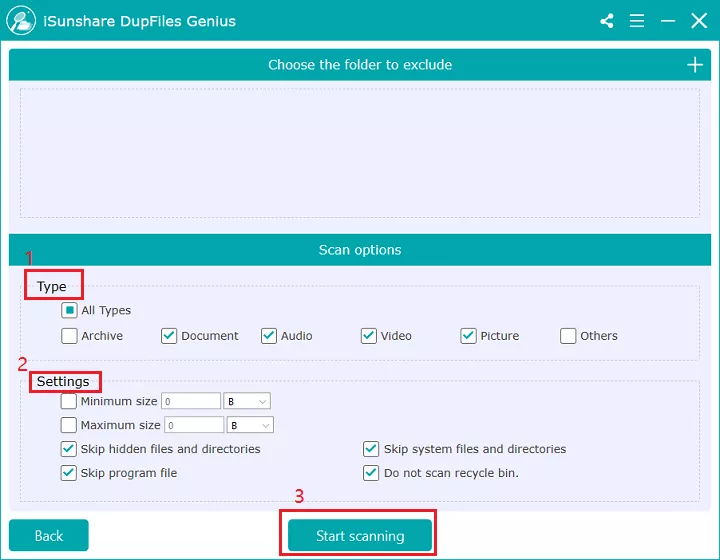
Note: If necessary, click Delete button to exclude the folder that don't have to be scanned.
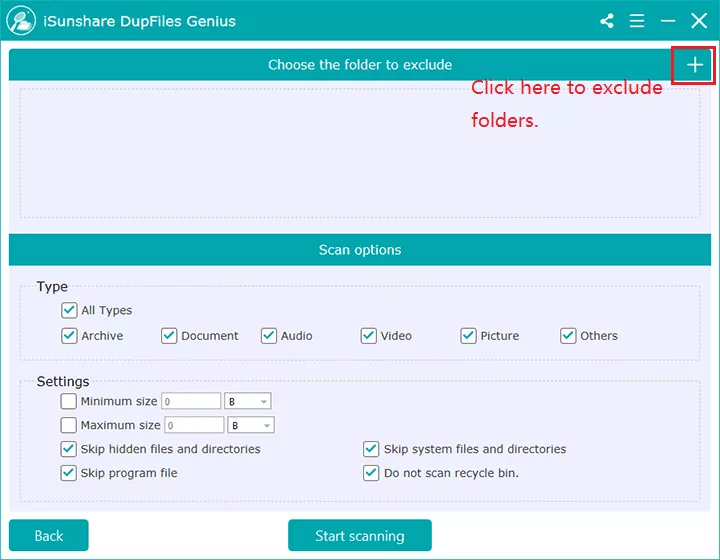
Step 4: Select files to delete. The scanning report distinguishes different duplicate files with different colors, and you can choose to delete all duplicates but one.
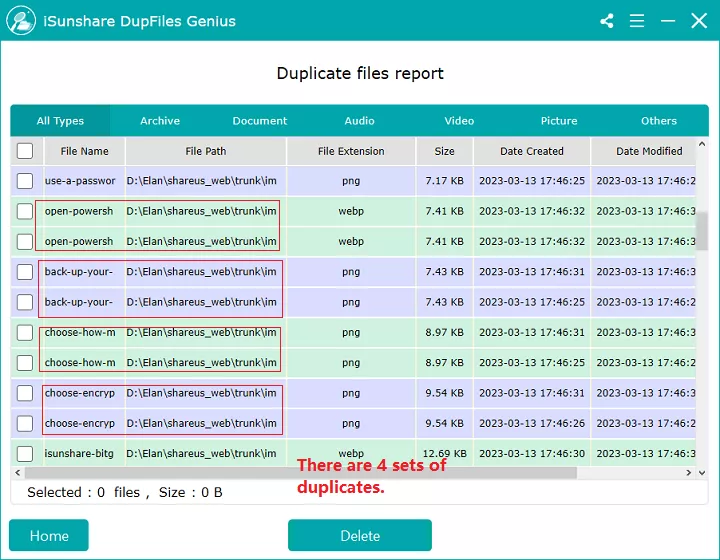
Furthermore, DupFiles Genius provides a query function, which you can right-click on the file and select Open file location to check file's location.
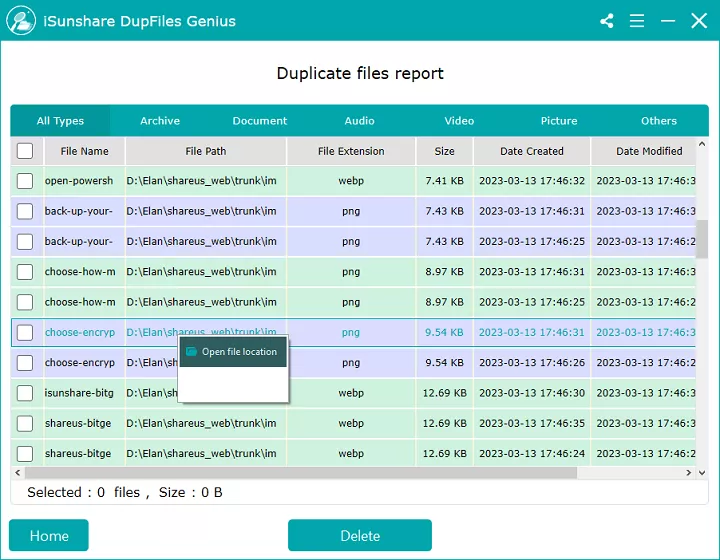
Tips: The scanning time varies by file size. The larger the file, the longer the time.
Step 5: After deciding which files need to be deleted, you can click Delete button and then click Yes if a window pops out.
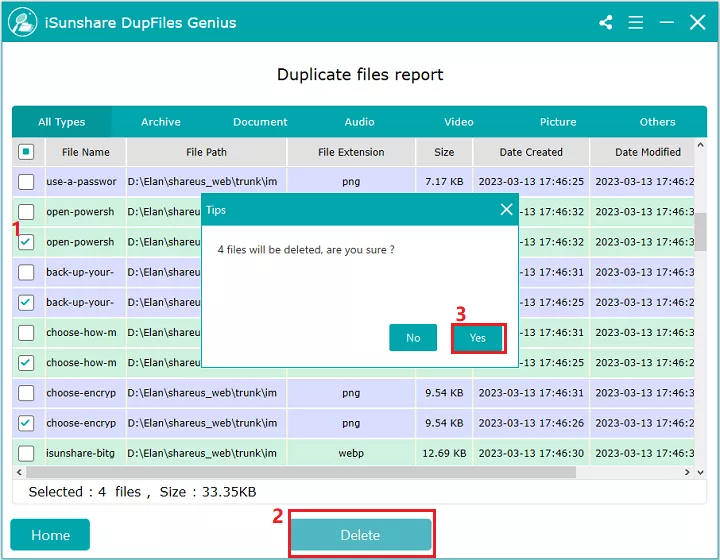
If successfully delete files, click Ok to exit the program.
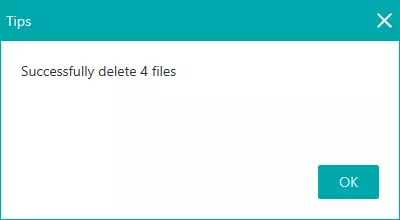
Watch the Video Tutorial
Find and delete all duplicate files at once - Watch the video now!




